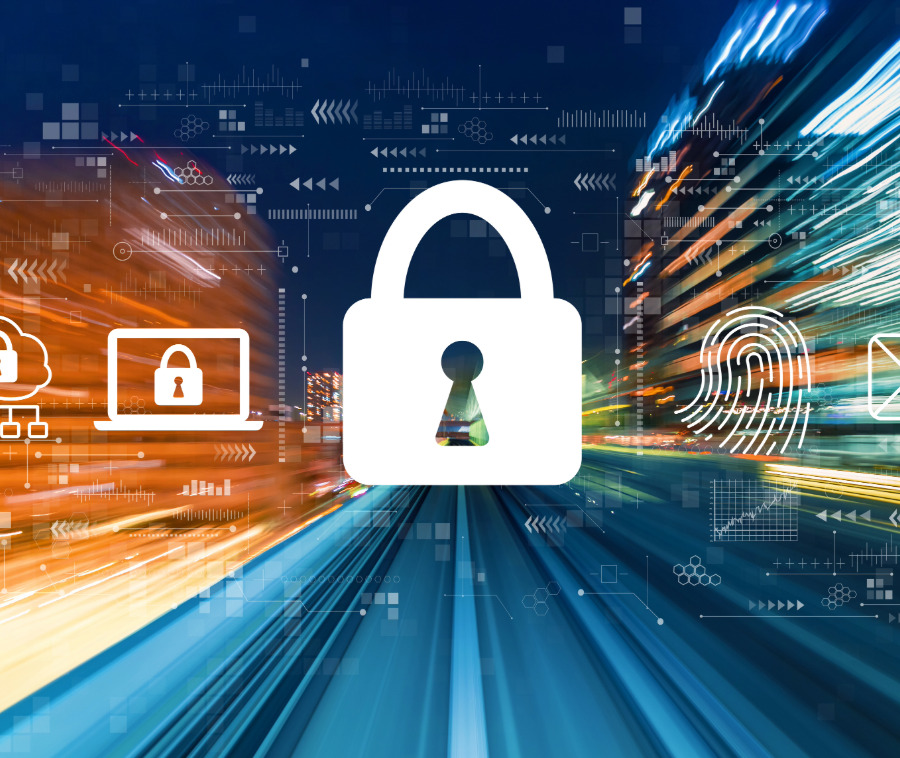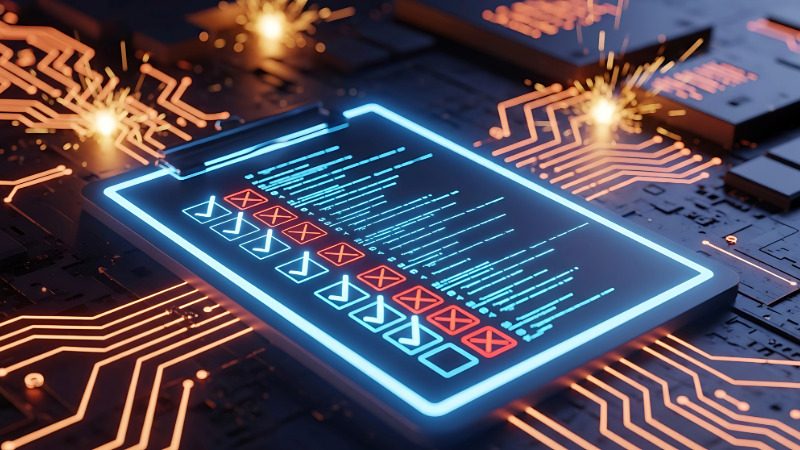
Whether you run a small startup, a growing company, or a bigger enterprise, you will come across these threats at some point. Cyberattacks, data leaks and ransomware, these things are happening more and more.
If your network isn’t protected, it’s like leaving your front door unlocked and hoping no one walks in. Not a good gamble.
In this post, We’ll walk you through the must-have network security solutions for every business. We’ll cover how they work, why you need them, and which ones are most effective today. By the end, you’ll know what to prioritize (so you don’t waste money on useless tools!).
when referencing “network security solutions,” it’s not just firewalls. It’s a holistic set of tools and systems that protect your data, devices, access, and more.
Why Network Security Matters More Than Ever
Because of that, businesses need multiple layers of protection, no single tool can do it all.
Also, newer security models like Zero Trust are becoming essential. Zero Trust means you don’t automatically trust anything, whether it’s inside or outside your network, until it is proven safe.
So, when referencing “network security solutions,” it’s not just firewalls. It’s a holistic set of tools and systems that protect your data, devices, access, and more.
Must-Have Network Security Solutions for Every Business
| Solution | What it does | Why you need it |
|---|---|---|
| Firewalls / Next-Gen Firewalls | Acts like a gatekeeper: filters inbound and outbound traffic based on rules | It stops many attacks before they reach your internal systems |
| Intrusion Detection & Prevention Systems (IDS/IPS) | Watches for suspicious activity or patterns and blocks or alerts | Helps catch threats that slip past the firewall |
| Network Access Control / Authentication & MFA | Controls who get to join the network, and adds extra verification (MFA = multi-factor auth) | If passwords get stolen, it’s harder for attackers to use them |
| Virtual Private Networks (VPN) or Zero-Trust Network Access (ZTNA) | Lets remote users connect securely; ZTNA gives access only to needed resources | Supports remote/hybrid work safely |
| Endpoint Protection | Protects individual devices (laptops, phones) connected to the network | Because any device can be a weak entry point into your network |
| SIEM / Security Monitoring & Incident Response | Gathers logs, alerts you, helps you respond to attacks | Helps you detect and act fast when something goes wrong |
| Unified Threat Management (UTM) / Integrated Security Platforms | Combines multiple security functions under a single system | Easier to manage and often more cost-efficien |
Firewalls & Next-Generation Firewalls
This is your first line of defense. A firewall inspects network traffic and blocks or allows it based on rules you set. But modern threats are more complex, so Next-Gen Firewalls (NGFWs) go further: they inspect deeper (like at the application layer), detect malicious payloads, and integrate threat intelligence.
You’ll want a firewall that:
Intrusion Detection & Prevention (IDS / IPS)
Firewalls are great, but they don’t see everything. Some attacks sneak through. This is where IDS/IPS comes in.
- Intrusion Detection System (IDS): Monitors and alerts when it sees suspicious patterns.
- Intrusion Prevention System (IPS): Does what IDS does and actively blocks or mitigates threats.
Think of this as your detective + guard combo. It watches the forensics of your traffic and steps in when needed.

Network Access Control & MFA
Finally, even the best tools can fail if the wrong people have access. That’s why Network Access Control (NAC) and Multi-Factor Authentication (MFA) are key.
NAC checks if a device meets your company’s security standards before it connects (like updated antivirus or system patches). MFA then verifies who’s really logging in, adding a second layer beyond passwords, a text code, fingerprint, or app verification.
Network security isn’t optional, it’s survival. A single breach can cost your business not just money but customer trust, brand reputation, and valuable data.
How to Choose the Right Network Security Tools
Not every product that promises “next-gen” or “AI-powered” is actually worth your money. Here’s what to look out for when choosing the right mix of tools for your business.
Scalability & Integration
As your business grows, your security should grow with it. You don’t want to keep changing platforms every six months. Tools that scale easily and integrate with others, like Cisco SecureX, let you connect everything under one dashboard.
This integration helps your team monitor, detect, and respond faster without switching between multiple interfaces.
Regular Updates & Patch Management
Cyber threats evolve daily. If your tools aren’t updated regularly, they become outdated faster than you think.
Make sure your vendors follow consistent patch management practices and offer automated updates.
It might sound boring, but skipping updates is like leaving your doors open after installing a security system!
Visibility & Reporting
You can’t fix what you can’t see. Choose tools that offer clear dashboards and real-time reports. For example, Splunk Enterprise Security and Microsoft Sentinel provide deep visibility into network behavior and help detect unusual patterns before they turn into incidents.
Visibility is also important for compliance, especially if your business handles customer data or operates under frameworks like GDPR or HIPAA.
Employee Training & Security Awareness
Even the best tools can’t protect you from human error. Most breaches start from something small — a wrong click, a fake invoice, or a shared password.
Platforms like KnowBe4 or Proofpoint Security Awareness Training help employees recognize phishing and social engineering attempts before they cause damage.
Building a “security-aware culture” is often your strongest defense line.
Quick Checklist for Implementing Network Security

You don’t have to implement everything at once, start with a clear, step-by-step plan.
Step 1: Assess your network’s current security status with tools like the Qualys Free Vulnerability Scanner.
Step 2: Identify critical assets (servers, customer databases, payment systems).
Step 3: Deploy a strong firewall and IDS/IPS combo.
Step 4: Set up endpoint protection and enable MFA for every company user login.
Step 5: Train your staff and run monthly phishing tests.
Step 6: Regularly monitor logs and conduct simulated attacks (also known as penetration testing).
Step 7: Update your systems religiously, automation helps here too.
These steps make your network much harder to breach and even if someone tries, you’ll catch them faster.
Build a Network That Protects Itself
Network security isn’t optional, it’s survival. A single breach can cost your business not just money but customer trust, brand reputation, and valuable data.
Whether you’re just starting or upgrading your system, focus on layered protection, smart automation, and employee awareness.
If you haven’t yet, consider running a free network vulnerability audit as part of our
. It’s a small step that can save your business a world of pain later.Cybersecurity isn’t a one-time fix; it’s an ongoing mindset.


